ESCAPE
Maputo National Park — unspoilt paradise, just beyond South Africa’s border
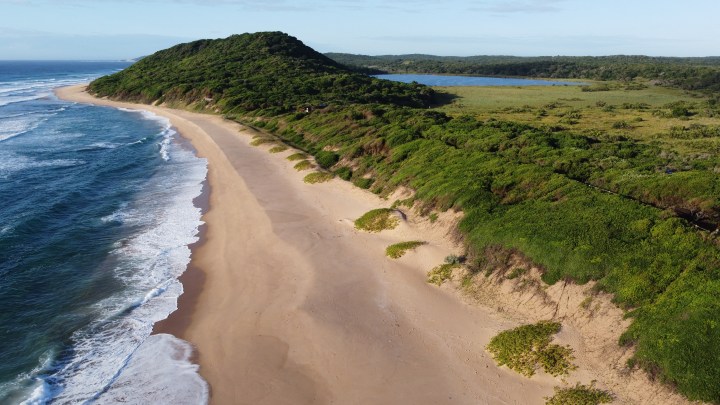
Combining 104,000 hectares of wilderness with a 100km stretch of Indian Ocean coastline, Maputo National Park is a place for one of those marvellously well-balanced getaways — with instant access to sea and safari. What you get here are virgin beaches and turtle nesting sites, mangroves and dune forests, lagoons and lakes, and — apart from elephants and hippos and crocs — about 350 species of bird.
Rodolfo Cumbane struck me as the kind of man who might handcuff himself to the trees to stop the bulldozers. Do whatever it takes to save his beloved wild lands.
With his camo-style fatigues and permanent Cheshire Cat grin, he looked like a Mozambican version of actor Djimon Hounsou, the Beninese-born star of Amistad and Gladiator. The 62-year-old conservationist had to put on his reading glasses to see the pictures of Hounsou on a phone that were being passed around after someone googled him. He chuckled when he saw his Hollywood doppelgänger, unconvinced by my comparison.
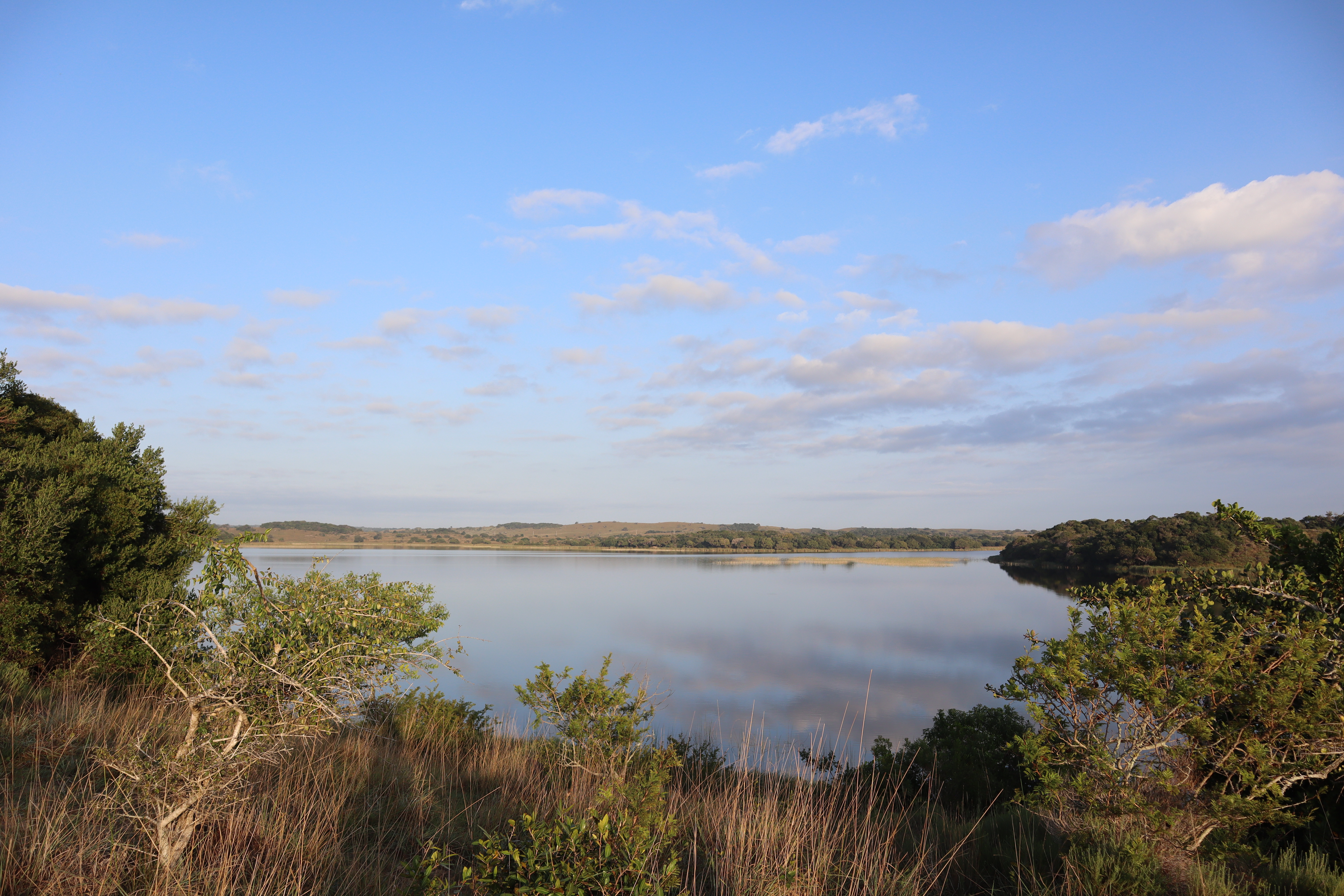
Tranquillity under a vast open sky at Maputo National Park. (Photo: Keith Bain)
We were seated around a large al fresco dinner table, under the stars, hemmed in by trees and shrubs, the shush and splash of the sea, the aroma of grilled fish and skewered prawns roasted over the fire. Being there, listening to Cumbane’s plans to save the world, I felt more free and at ease with life than I had in years.
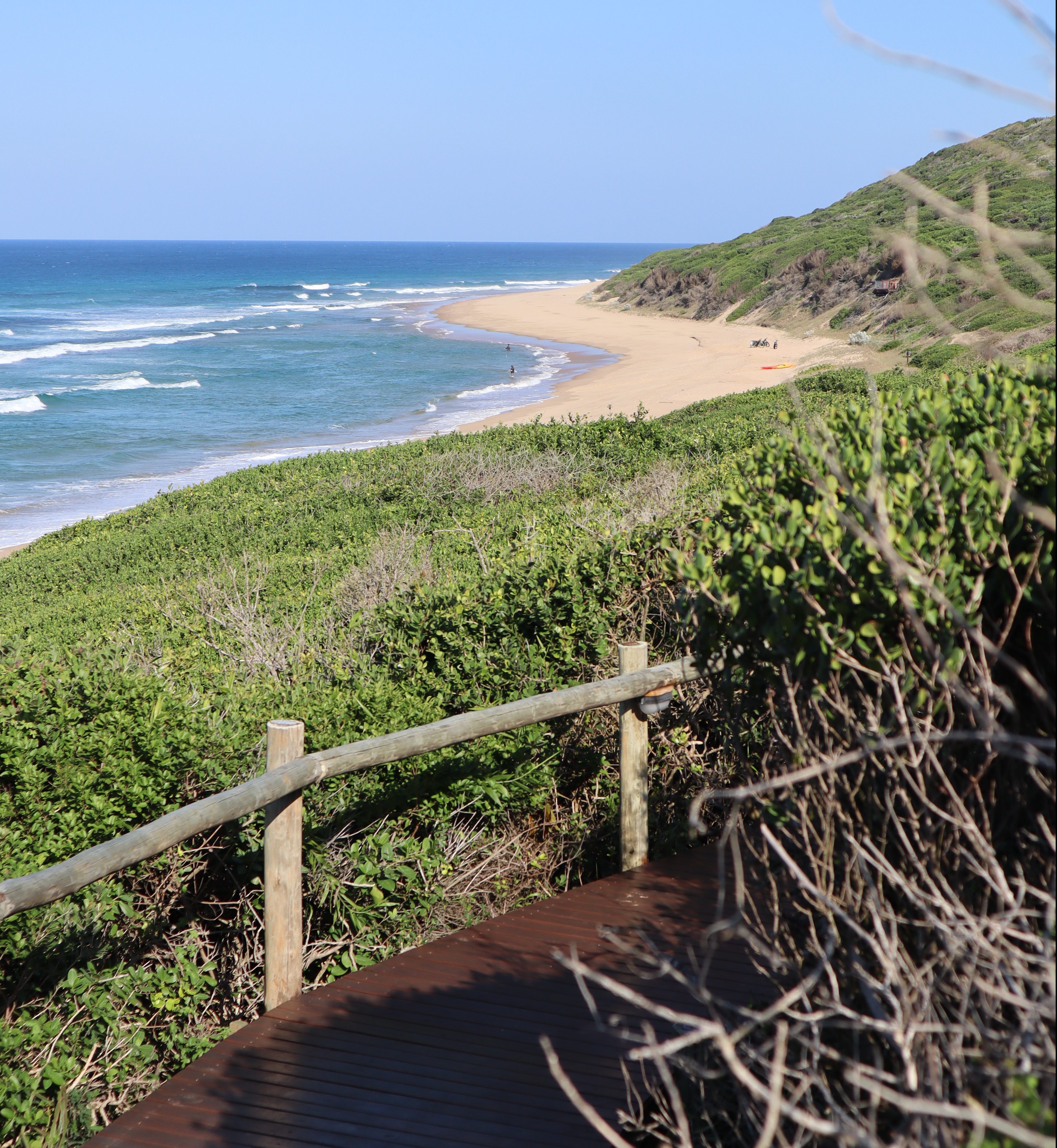
Ponta Membene’s boardwalk is designed to minimise impact on the dune and provides dreamy views up and down the coast. (Photo: Keith Bain)
We were at Ponta Membene, a brand-new beach-hugging eco-resort overlooking a stretch of virgin beach within Maputo National Park. As the seagull flies, it’s less than 50km from the bustling Mozambican capital, yet is surrounded by nothing but purest nature. Straddling a jungly strip of coastline near namesake Membene Lake, it’s designed to all but disappear into the environment, its chalets, campsites and communal areas connected by wooden boardwalks with lookout points from where guests get dreamy views of the dense dune forest, the shoreline and the Indian Ocean. Occasionally, we could even see the shadows of enormous turtles gliding through the water.
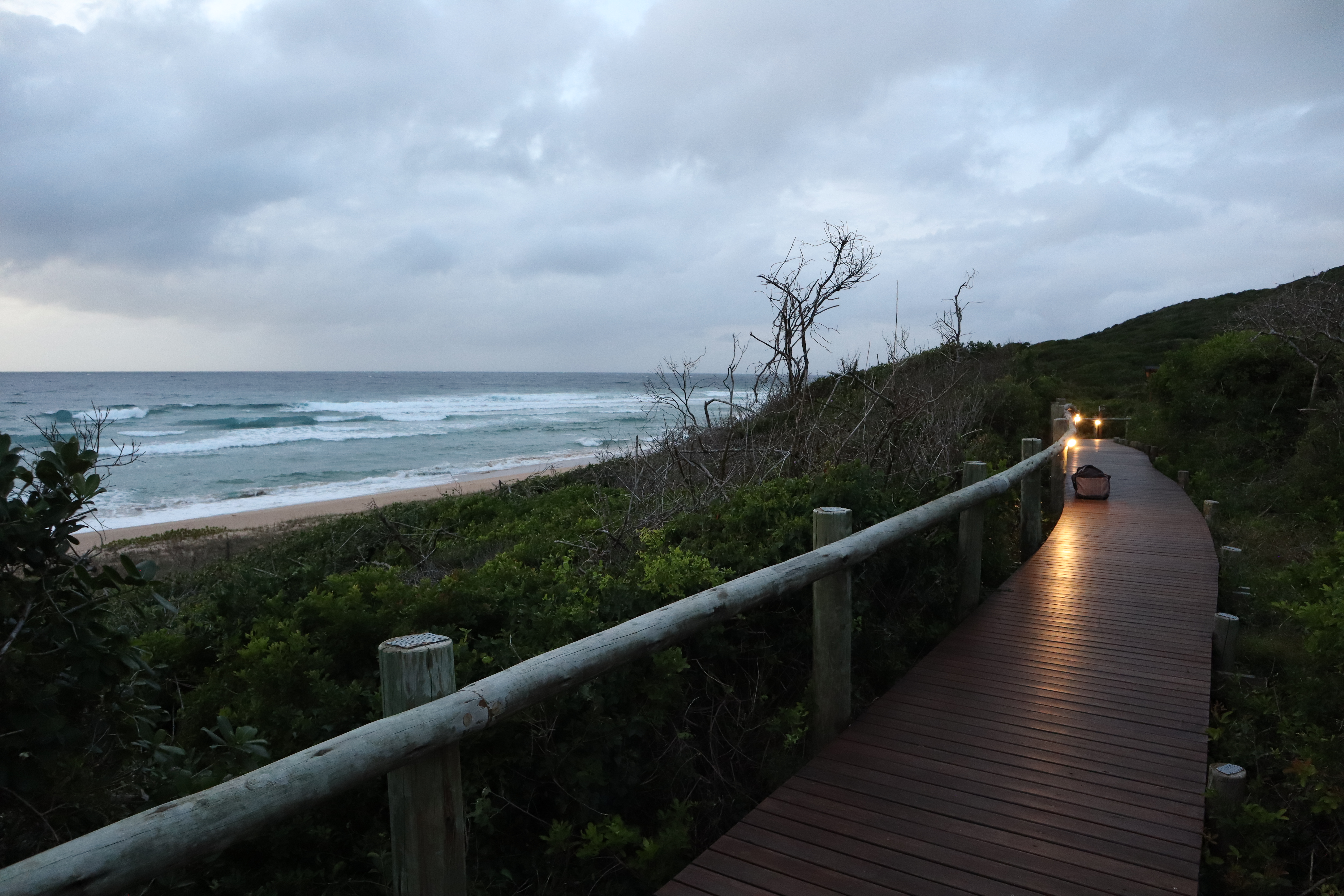
Ponta Membene’s boardwalk and sea view at dawn. (Photo: Keith Bain)
An ecologist since 1981, Cumbane has spent much of his career here, at what was formerly known as Maputo Special Reserve. Two years ago, it was merged with the maritime Ponta d’ Ouro Partial Marine Reserve and declared a national park, a project that Peace Parks Foundation has been working towards since 2002.
Few people you’ll meet are as ardently committed to the project of protecting and preserving these environments for future generations, so determined to ensure that children will be able to see wild animals in their natural habitat and spend time in places untouched by avaricious development. Yet, Cumbane says he’s been around long enough to know that the best way for him to make a difference is not with handcuffs or protests, but by showing people what’s possible. His work includes showing youngsters the reserve and he does similar educational tours with community leaders, local councillors, and parliamentary officials. Anyone willing to learn. He says politicians are no different from school children — they just need to see for themselves, feel what nature does for the soul.
“Give me a few minutes in front of parliament,” he said, tucking into his third helping of food. “I’ll make them understand.”
Despite such enthusiasm, Cumbane says the scourge of corruption has a lot to answer for when it comes to the politics of environmental protection in Africa; many who’ve been in charge turn out to be careerists, more concerned with personal ambition than they are focused on the important work of protecting wildlife. They strut and make a name for themselves but then move on, out of conservation, having done very little. He says he prefers being on the ground, close to the habitats he wants to protect, near the animals he’s worked for decades to help save.
Which is why, the following morning, we were up early and in our high-clearance 4×4 rental, binoculars peeled. Next to me in the back, Cumbane sat with a bird guide in one hand, and notebook in the other.
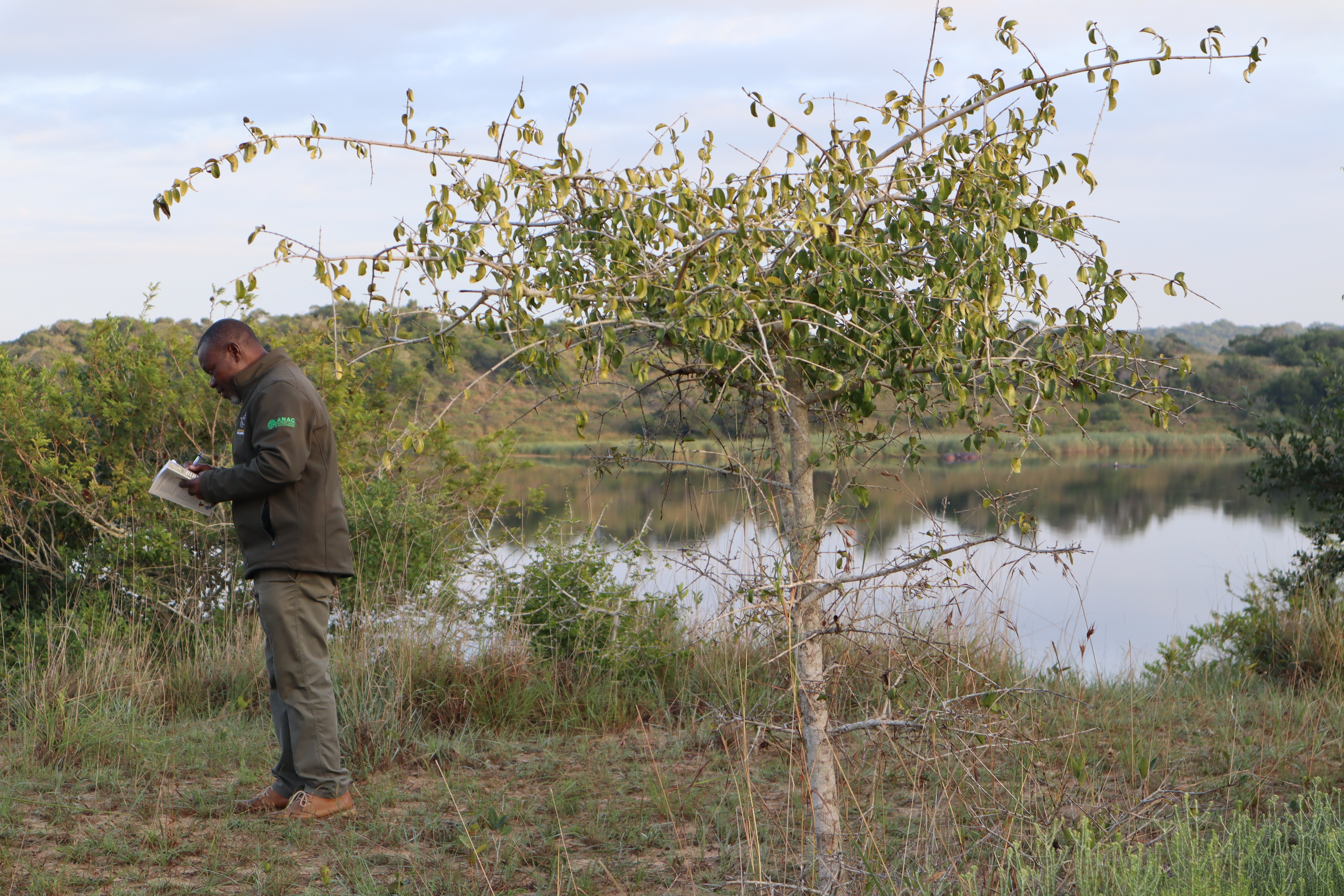
Rodolfo Cumbane consulting his bird guidebook at the edge of a lake within Maputo National Park. (Photo: Keith Bain)
Read more in Daily Maverick: Maputo National Park — the paradise of elephants and whales
The pale blue sky was streaked with bruise-coloured clouds as we drove from the lodge and headed inland, across an ever-changing landscape, one moment wild and jungly, the next wide-open grassland or vast marshy tracts dotted with animals and fringed by lush forest. All of it, though, accompanied by that rare sense of being somewhere little visited. I don’t recall seeing another vehicle the entire time we were out.
Life, though, was everywhere. There were pairs of trumpeter hornbills with their oversized beaks balancing on branches overhead, and slow-to-move crested guinea fowl strutting their stuff on the ground — while not especially bright, with their Mohawk hairdos and vivid facial colouration, they are surely rockstars of the slow-moving bird universe.
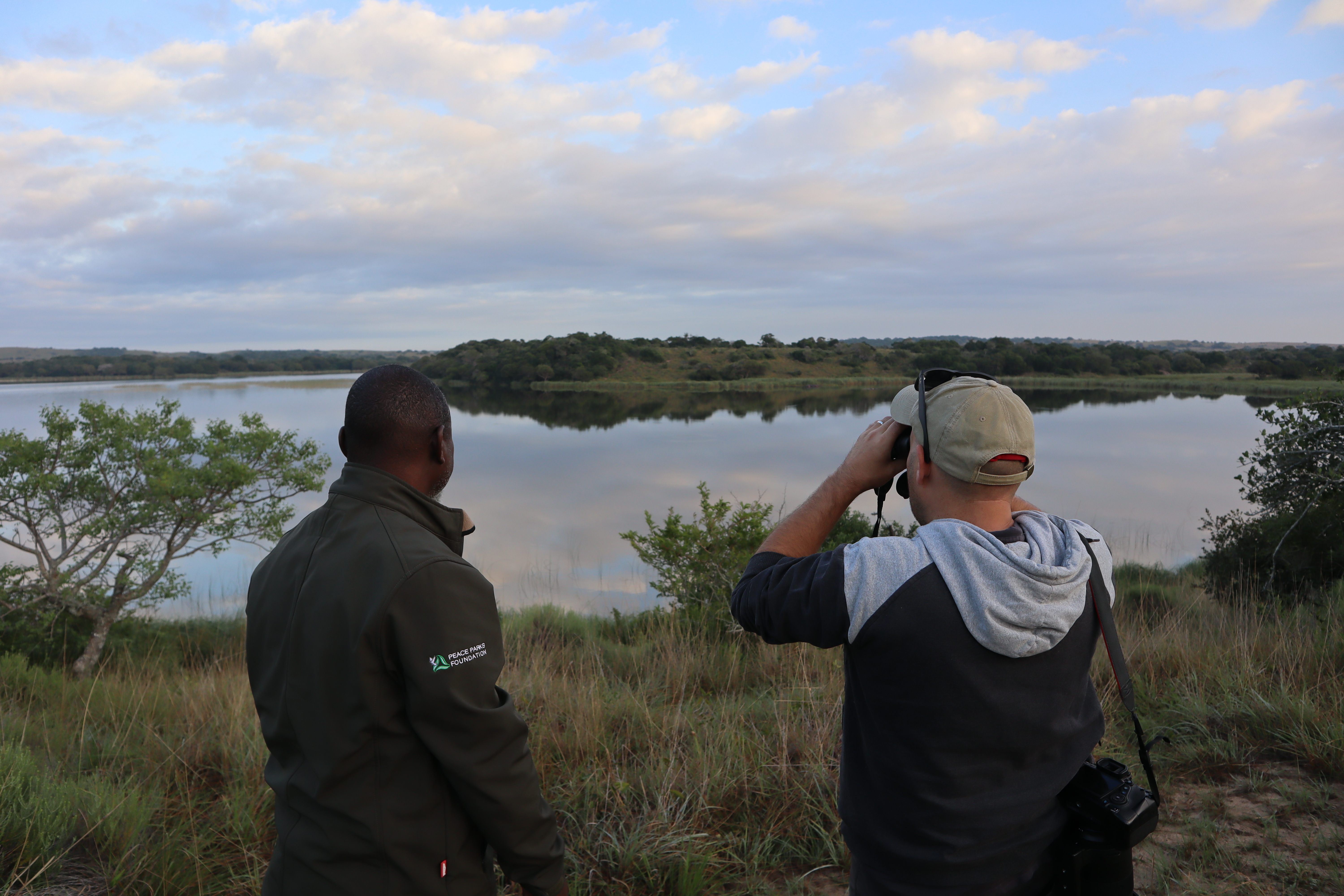
Rodolfo Cumbane with a fellow twitcher at the edge of a lake within Maputo National Park. (Photo: Keith Bain)
Everywhere, the air vibrated with an urgent, lively soundtrack. Cacophonous squawks, tweets, whoops and ca-caws from all sides. Once you get your ear in, it’s quite a rush being able to identify a song or melody and play a game of linking it to the bird producing it. It helped to have a couple of twitchers in the vehicle pointing out the differences between various calls. A red-eye dove was singing “Shoot me with a two-point-two!” while a forest weaver, aka bosveldmusikant (“bush musician”), was singlehandedly producing an entire orchestral symphony. We listened to sounds produced by a spectacle weaver, spotted red-faced mousebirds, yellow-throated longclaws, Burchell’s coucals and, along with the hysterical call of a purple-crested turaco, there was a puffback imitating a wind-up toy.
We came around a bend and were met with the sight of bulbous hippos gliding into the water at the edge of a large lake, spread out like glistening silver set amid green gemstones. Across the way, crocs sprawled like logs on the distant banks where rows of low hills undulated towards the horizon. And splashing about at the lake’s edges, an elephant, all alone, snacking on nearby branches.
Seeing a solitary ellie didn’t quite give a true sense of the park’s promising pachyderm numbers, Cumbane said. “A recent census tells us we now have around 400 elephants, but in reality, it’s closer to 600, maybe 700.” He said gauging true numbers is difficult since the elephants almost magically disappear into the dune forest.
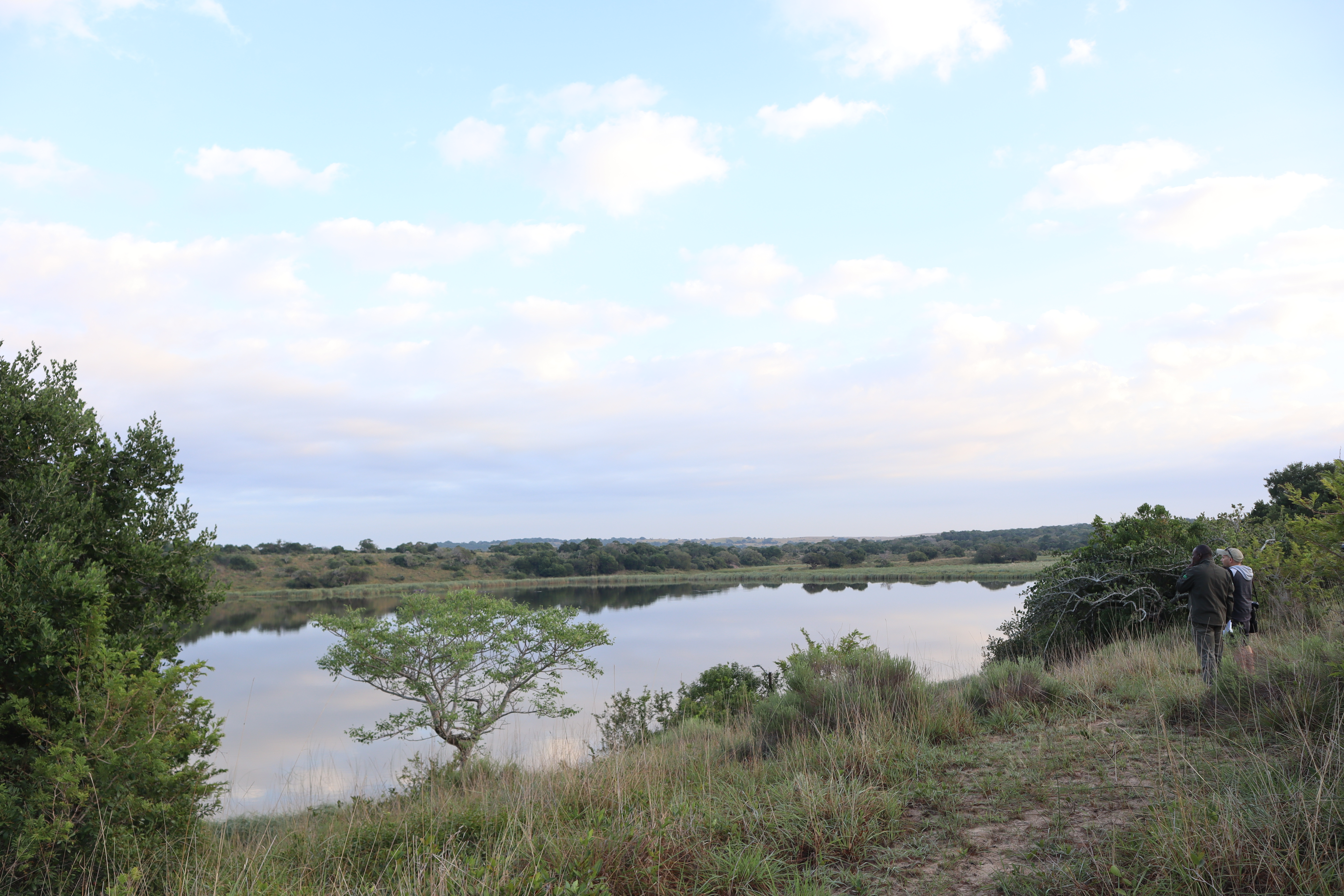
A lake within Maputo National Park. (Photo: Keith Bain)
Likely to bolster numbers even more is a plan that’s underway to drop more fences, including those separating Maputo National Park from tiny Tembe Elephant Park in far northern KZN. Before the civil war, animals crossed the border freely there. When fighting gripped the region, apart from being maimed by snares, elephants also set off landmines. Many elephants fled to the South African side; in 1989, a fence was erected to protect those that had escaped.
“After the war, in 1992, we began again with just 100 elephants in the park,” Cumbane said. Plus, of course, many other animals had been poached, killed or driven off by the violence.
Read more in Daily Maverick: The ghost elephants haunting Angola
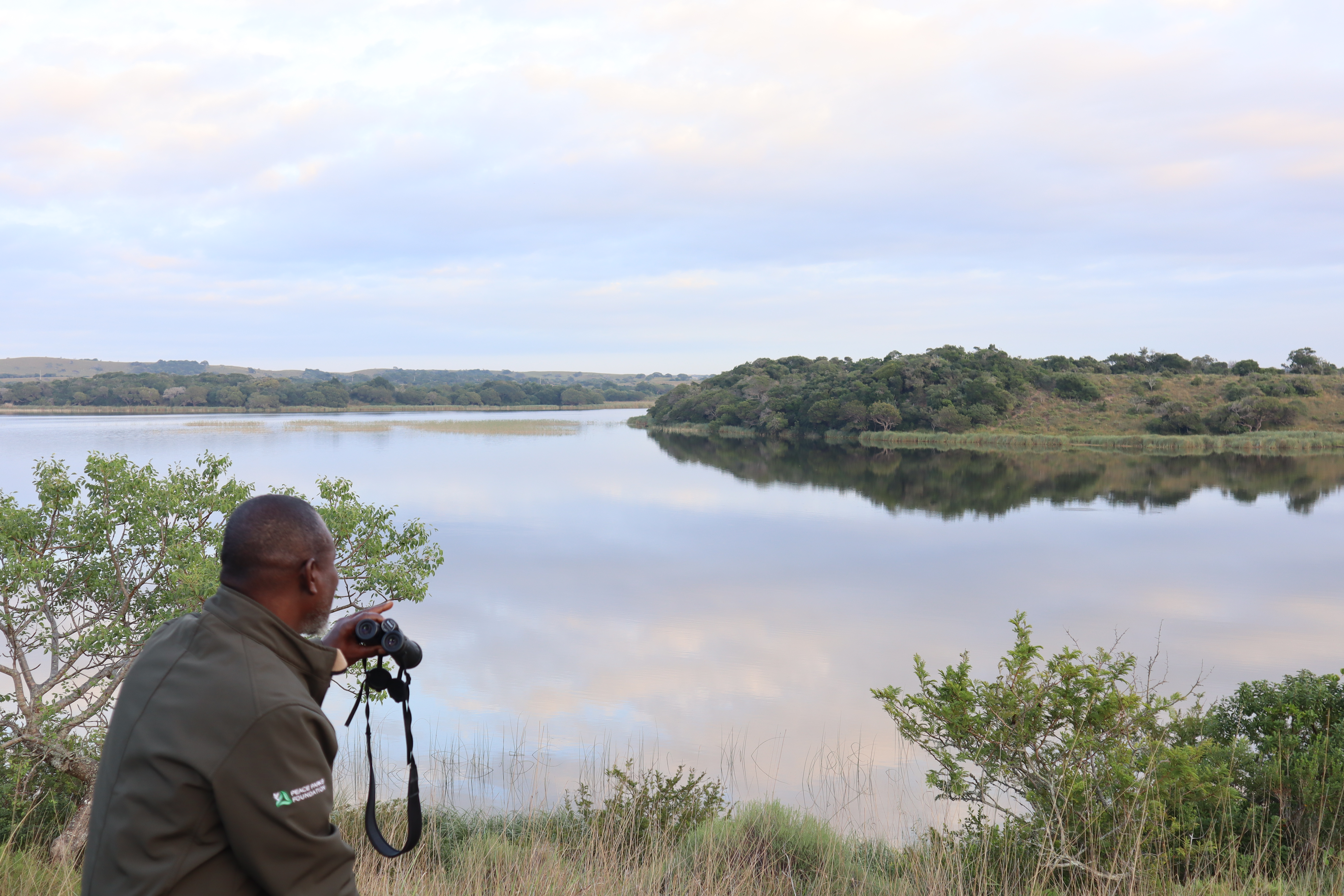
Rodolfo Cumbane searches for animals from the edge of a lake within Maputo National Park. (Photo: Keith Bain)
Between 2010 and 2019, a translocation programme saw over 4,600 animals that were historically found in the area brought into the park, including 11 species that had become locally extinct during the 16-year civil war.
The rewilding continues. In October 2021, four cheetahs were introduced — the first of their kind to roam here in six decades. Estimates now place the total on-land wildlife population at around 16,000.
As we discovered on that drive, though, it’s not the quantity of creatures so much as the vitality of the environment that works its magic on you. There’s a feeling of wildness that gets under your skin, a sense that you are somewhere important. It’s no trick of the imagination: according to Peace Parks, it’s one of the 36 most biologically rich ecoregions on Earth.
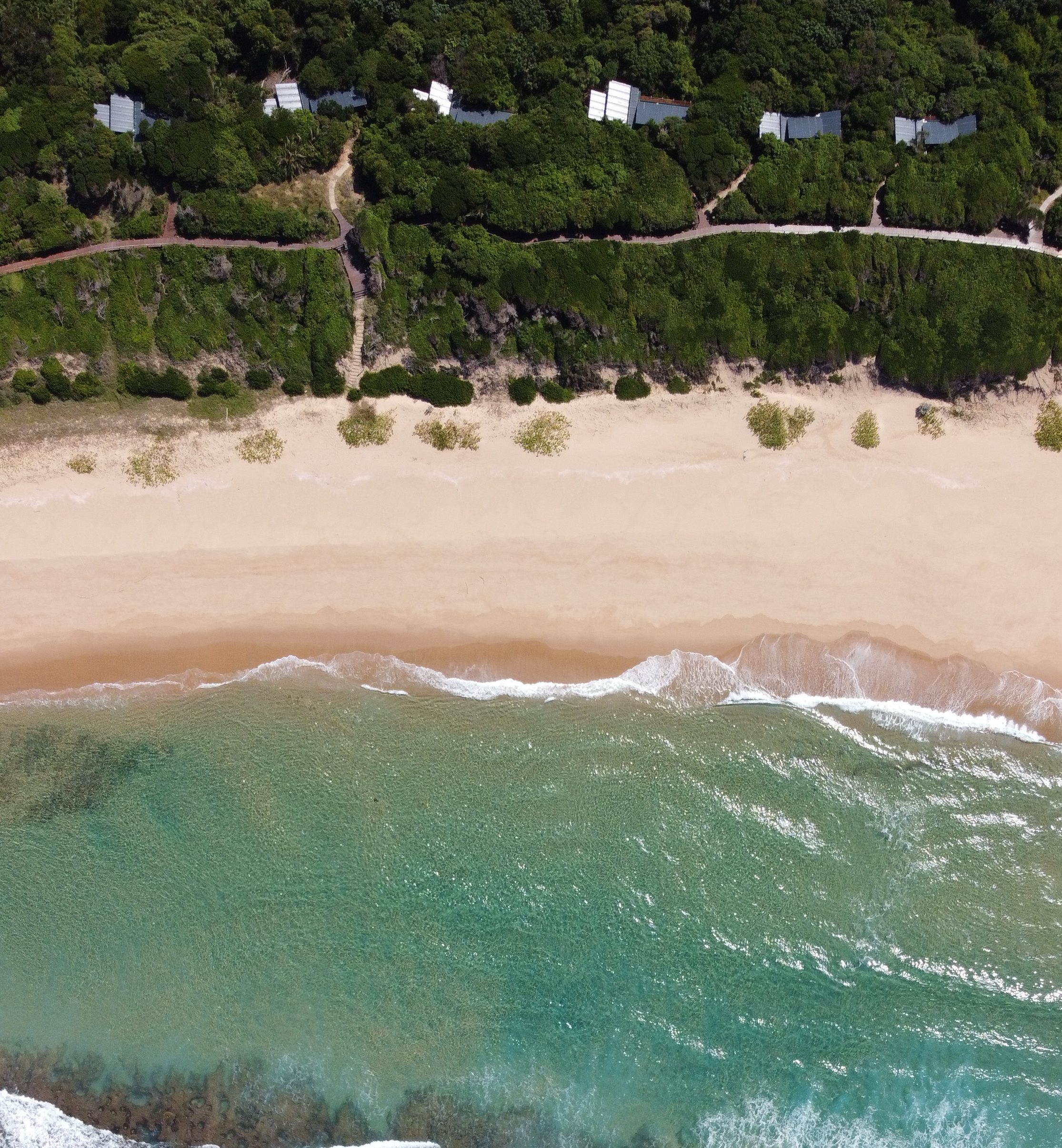
A bird’s eye view of Ponta Mambene in Maputo National Park. (Photo: Supplied)
“We have many special habitats that you don’t often find clustered together in one place,” said Cumbane. “Wetlands together with sand forests and mangroves, swamp forests, grasslands and coastal lakes. It’s an unusual ecosystem with so many trees growing on sand.”
For South Africans familiar with bushveld safaris and spoilt for choice of Big Five reserves back home, part of the charm is precisely that you are not searching high and low for apex predators or species on a checklist. There’s no racing about trying to get to sightings, no ranger twiddling radio knobs listening for news of where leopards are lurking, no clutter of vehicles on a kill under the gaze of gigantic zoom lenses.
This was a kind of slow safari, an easy-going, laid-back adventure at a relaxed and human pace. And then, of course, there was the joy of returning from our outing, kicking off our shoes, strolling across the beach and plunging into the ocean.
“You could be seeing an elephant on one side and a whale shark on the other side,” said Cumbane. “That’s its uniqueness — it is both land and sea.”
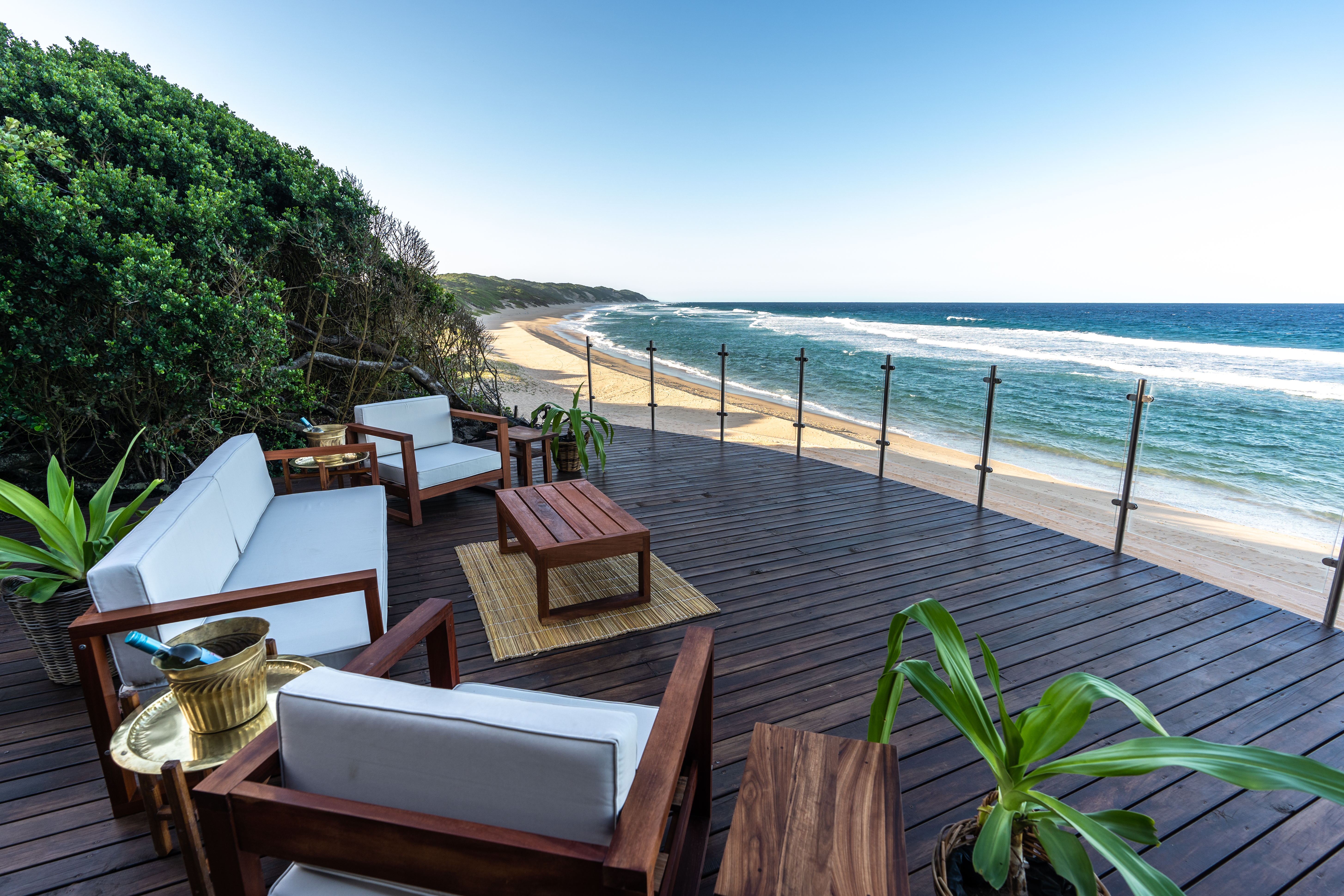
View from the ‘Lapa’ deck at Ponta Membene. (Photo: supplied)
The shore, which is contiguous with northern Maputaland in KwaZulu-Natal, is a seasonal nesting site for loggerheads and leatherback turtles. Between October and February, they use the beaches to dig nests and lay eggs; at the right time, you can see tiny hatchling turtles running the gauntlet to reach the water.
Besides turtles and whales, these protected waters are home to an important dugong population, various shark species and giant trevally in larger numbers than anywhere else on Earth.
Back at the lodge, I set out onto the beach to see if the rumours were true, if it really went on and on, an infinite stretch of virgin coastline. I thought a quick run would satisfy my curiosity, to my right the tall dunes covered in forest, to my left endless ocean, and in front of me a wide beach that continued forever. There was something primordial about being dwarfed by nature like that, as though I was the first explorer of an untouched world, or had travelled back to a time untouched by humanity. I ran until my feet were raw from the friction of running on wet sand.
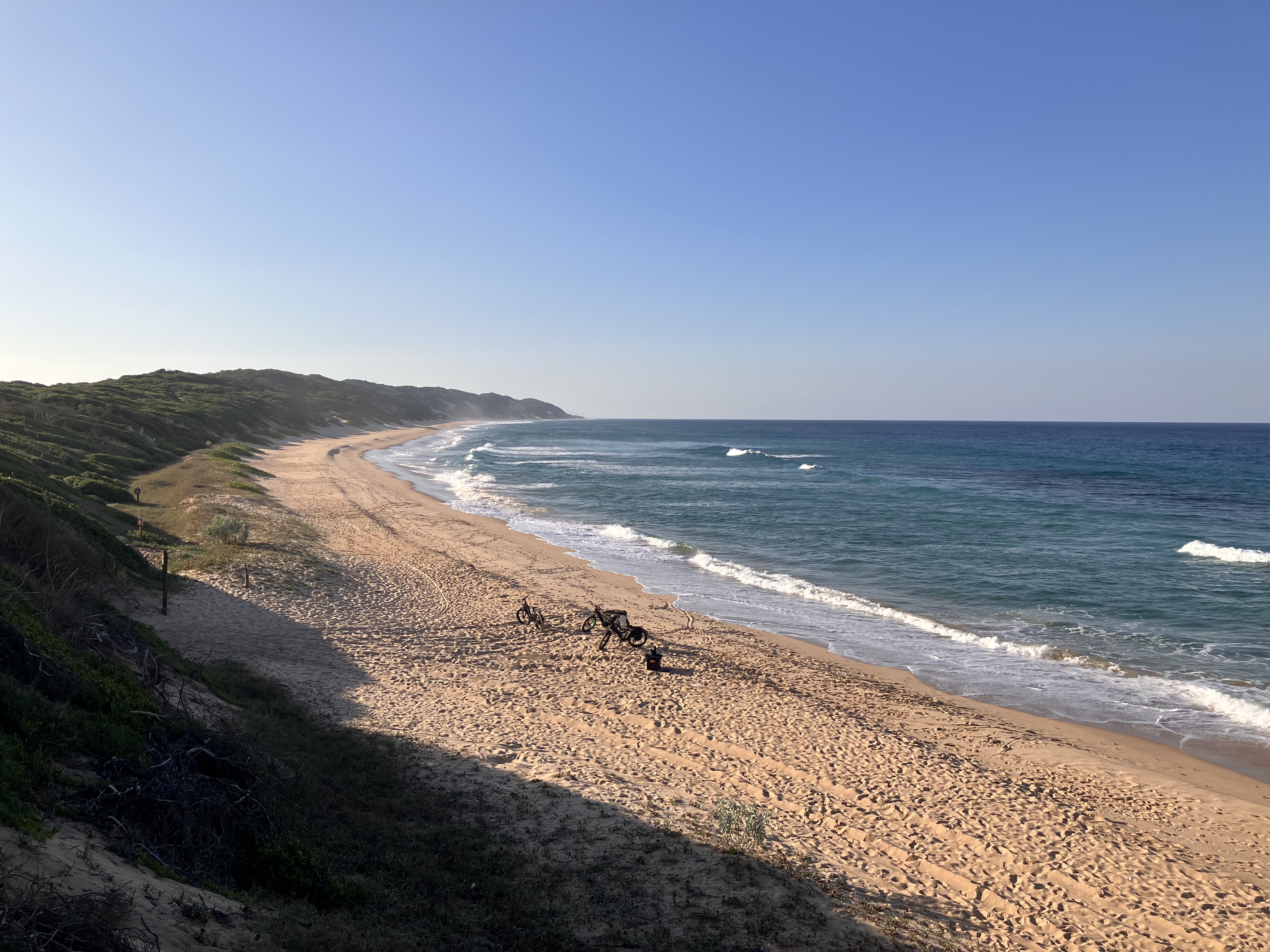
Looking north along the beach from Ponta Membene, with e-bikes at the ready. (Photo: Keith Bain)
Post-run, there was time before lunch for a jaunt along the beach in the other direction, this time by e-bike, breeze whipping the hair in my face, ghost crabs by the thousands scuttling towards the water, paradise on all sides. We downed bikes at a place called Anvil Bay, pulled on our goggles and snorkels and jumped into the rock pools to ogle clown-faced creatures, anemones and enormous parrot fish. Then we raced our bikes back to the lodge for lunch by the pool.
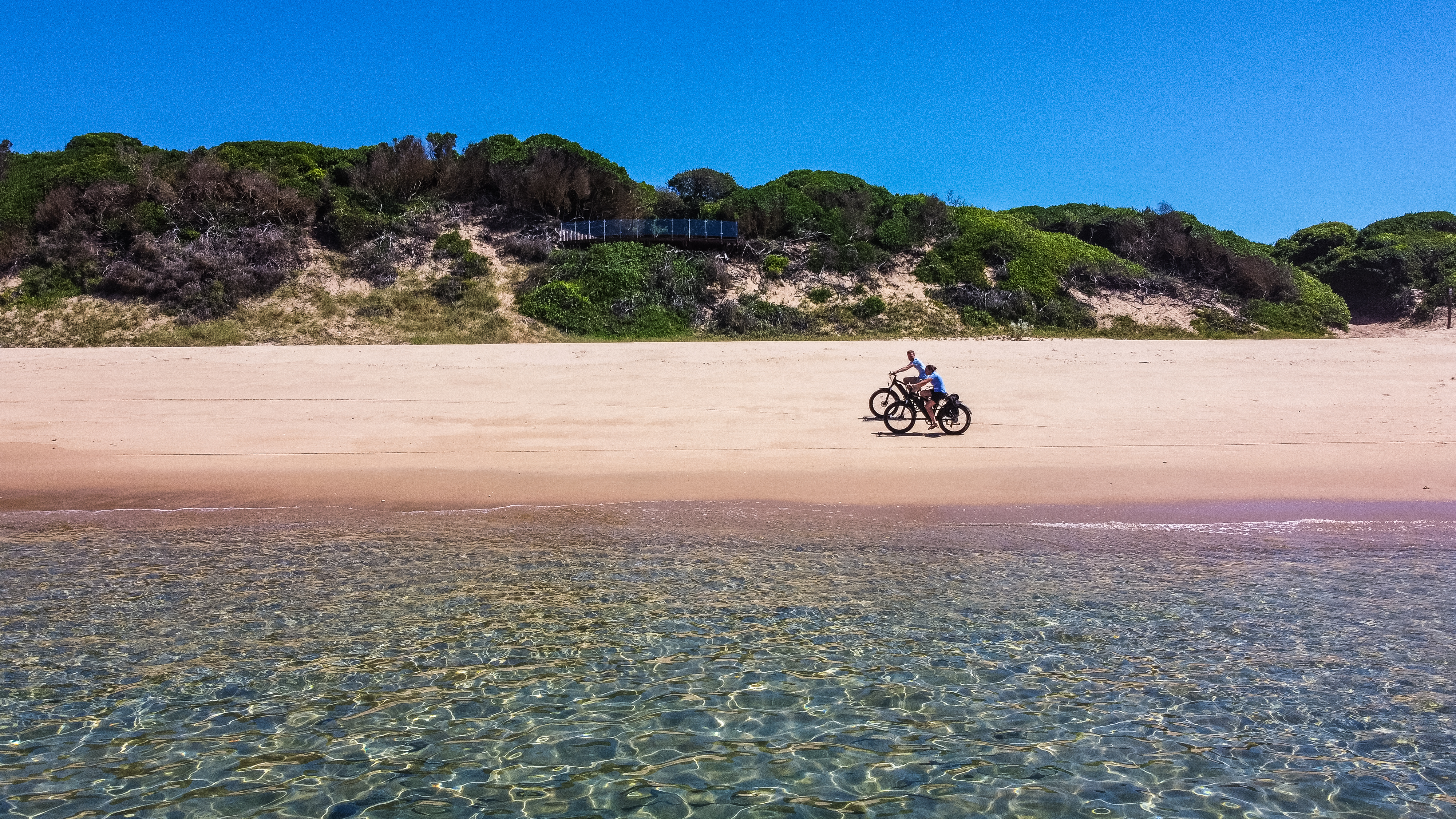
E-biking on the beach in front of Ponta Membene. (Photo: Supplied)
Environmental focus
Membene Lodge is operated by Sean Wookey, a 33-year-old hospitality entrepreneur who cut his teeth in Mozambican resorts, and then in 2018 opened the world’s first paragliding lodge, Sky Island, about 40km due south of Membene, on a high cliff on the outskirts of Ponta Malongane, near the country’s southern border. There, you can swim with dolphins, fish, scuba dive or stare out to sea from a dizzy height. Or launch straight off the cliff attached to a professional paraglider.
Wookey says Peace Parks’ primary concern when conceptualising the facilities at Ponta Membene was the environment. From furniture crafted from sustainably harvested wood to the restaurant’s macerator that turns food waste into gas for use in the kitchen, everything’s designed to reduce the carbon footprint.
The low-impact quarters were designed by Tshwane architect Neil Crafford. Since 1992 he’s been creating ecotourism spaces that prioritise the environment, buildings that fit in with nature, rather than forcing nature to comply.
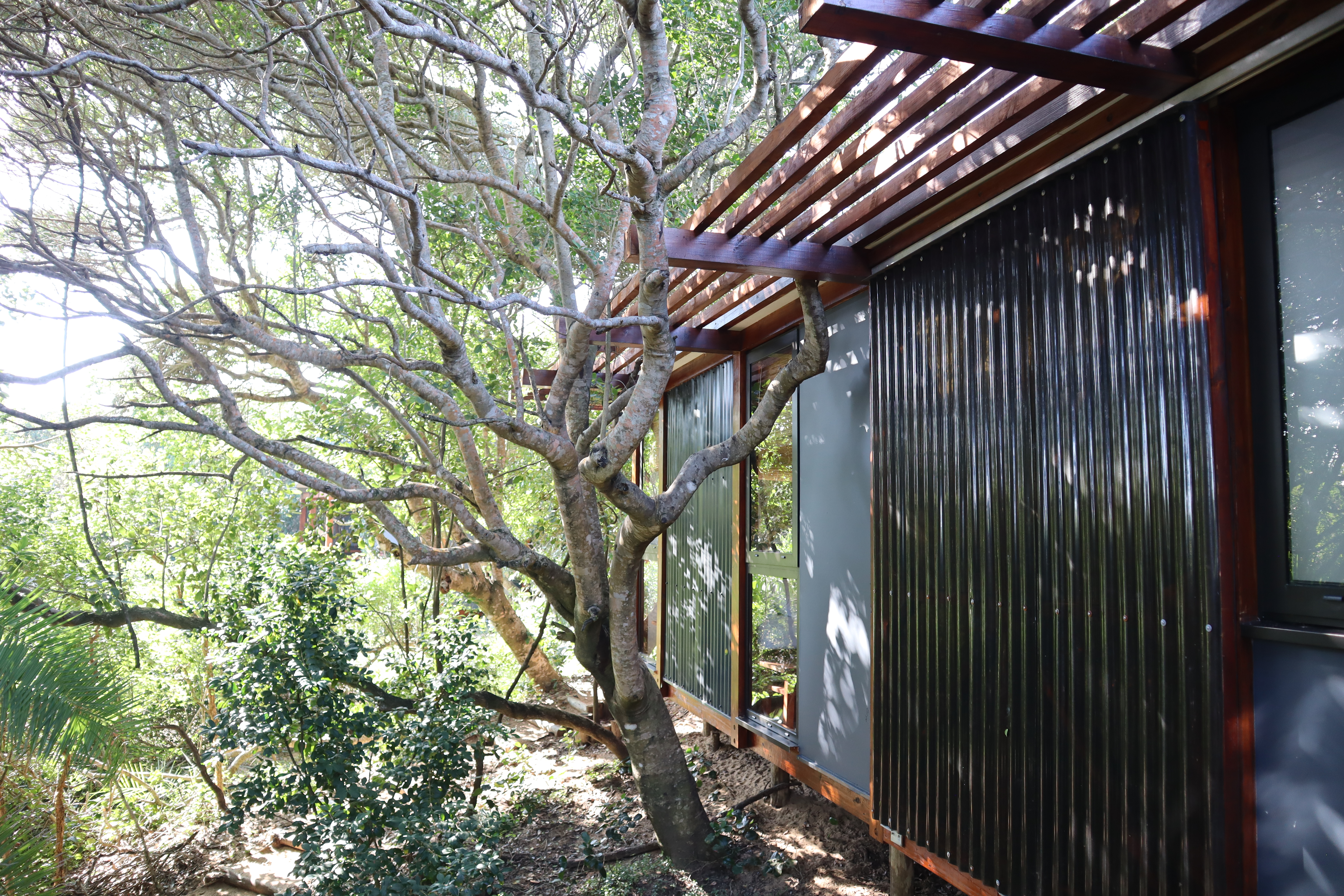
Ponta Membene’s structures are designed to be lightweight and low-impact. (Photo: Keith Bain)
Membene’s design works around the dimensions of PVC hardboard slabs, used because they’re light, low-impact and reduce the need for concrete.
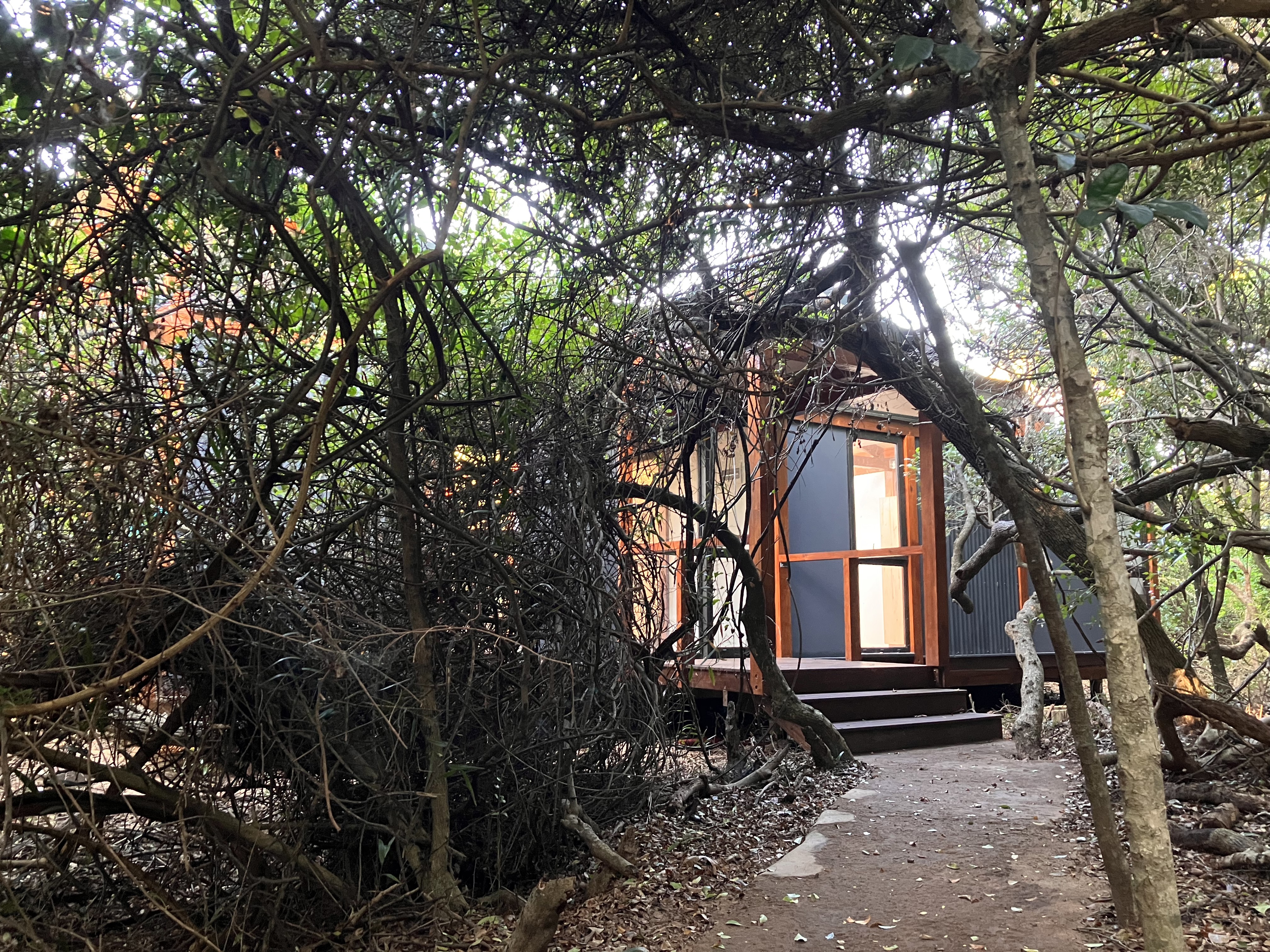
Ponta Membene’s forest chalets are tucked into dense foliage. (Photo: Keith Bain)
You would never say there are 24 chalets and seven campsites here; the entire resort is shrouded in green and shade. Some chalets have direct views of the sea, where you constantly hear waves shushing against the beach. Some are situated a five-minute walk inland, and others are secreted away in dense forest, tucked between the gnarled branches of twisting trees and knotted vines. The campsites are chic, too, with power and hot water and smart ablution blocks.
The other mandate was that Membene should operate as a place accessible to folks from southern Africa, even those of us carrying rands. So it’s slick, toes-in-the-sand chic, but not outrageously over the top. No cloying service, nothing too ostentatious, just good old-fashioned Mozambican hospitality — genuine warmth and the sort of kindnesses they don’t teach at hotel school. Plus there is delectable seafood available when you decide not to cook for yourself.
That evening, as we walked, barefoot, from the lodge to a sundowner spot overlooking Membene Lake, we passed several warning signs — crocs, hippos and elephants were all possibly lurking. And yet I never felt nervous or anxious.
Perhaps the real source of that sense of calm was the relative absence of humans; this was not a place that could ever feel crowded. “It’s untouched, very wild, and you really feel that you’re in an unspoiled wilderness,” said Wookey, who spent extensive time here while the lodge was being set up. “Yet, it’s also perfect for humans. It’s not like you’re in a Kruger which is an environment that can be hostile to humans.”
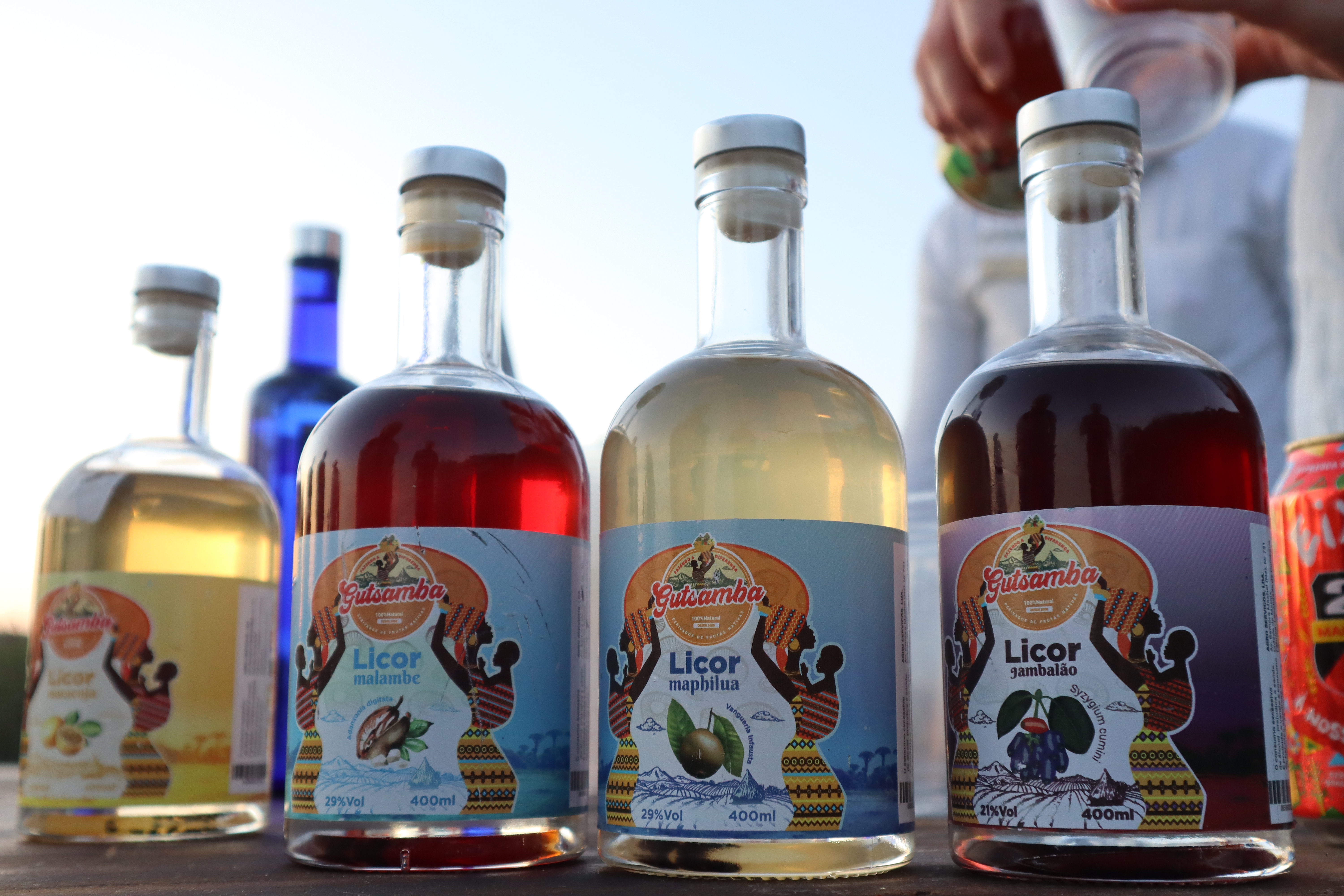
Mozambican liquors made from indigenous fruits and berries were used to make sundowners at Lake Membene. (Photo: Keith Bain)
Near the lake, a table had been set up with liquor distilled from various indigenous fruits and berries. We were plied with only-in-Mozambique cocktails as the setting sun glinted across the lake’s mirror surface, the roar of the ocean coming over the dunes and a full-scale insect-and-frog symphony enfolding us. It felt as though we were hovering at the edge of time, the stars beginning to wink, the moon brightening as we clinked our glasses and listened to more of Rodolfo Cumbane’s dreams of converting politicians to the cause of conservation. DM
The writer visited Maputo National Park with Boundless Southern Africa as part of a press tour of national parks, reserves and protected areas within the Lubombo Transfrontier Conservation and Resource Area which spans the Kingdom of Eswatini, Mozambique and South Africa.



















 Become an Insider
Become an Insider
And so another wild place is de-wilded. We have spent many holidays camping at Milibangalala, 5 kms south of Membene. Only facility was a well for freshish water. Membene had even less. Now glamour has arrived, and I have mixed feelings. Sadness over the changes, but happy that the wilderness is being monetised, and hopefully protected.
Sadly, commercialisation is a necessary evil. Until/unless we learn to reverse runaway population then more tourists and resorts are an essential part of the holding action
A beautiful spot. As with many things now, other African nations are improving, admittedly often from a low base, but still repairing damage from past mistakes. Mozambique’s parks were devastated during and after the war but now they recover big time. By contrast on the other side of the fence in SA, much continues to deteriorate. Ndumu has lost land on its Eastern side to squatters and much wildlife to poachers. When I first visited Ndumu in 1966, the northern part of KZN known as Tongaland was almost uninhabited. A single straight sand track marked the route from below the new Pongola dam wall all the way to Ndumu. Now that part of the province is full of huts and cattle. Unbridled population growth cannot continue. Worldwide if it is controlled then mankind and the planet will recover. Carry on as we are, and we and the land we inhabit is doomed